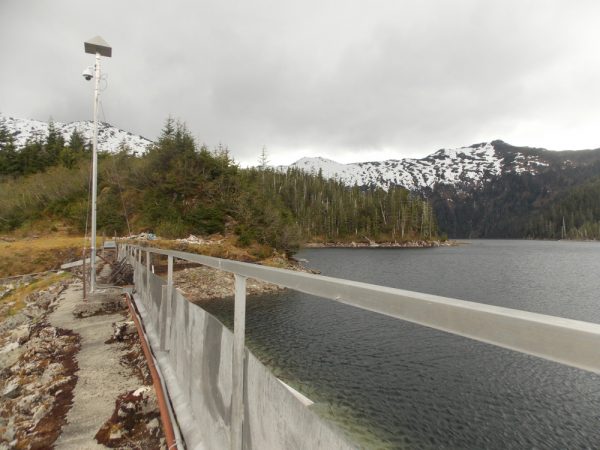
Hydroelectric lakes in Southeast Alaska continue to refill this fall and are partially restocked compared to a year ago.
The Southeast Alaska Power Agency’s hydro plants at Swan Lake and Tyee Lake provide some of the electricity for Ketchikan, Wrangell and Petersburg. Bob Lynn is Petersburg’s voting member on the SEAPA board and gave an update on those lake levels during a radio call in show earlier this month.
“We’re looking pretty doggone good,” Lynn said. “I’d like to see a little higher here before this shuts off. If you give us another 10 feet in those reservoirs, I’d be quite happy for the winter.”
The two lakes are in the mountains on the mainland near Ketchikan and Wrangell. As of late October, the surface of Tyee Lake had risen to over 1353 above sea level. That’s up nearly one hundred feet from a low point last March, when SEAPA shut down the power plant and Petersburg was forced to rely on backup diesel generation for an extended time. The reservoir still has more than 40 feet before it’s completely filled.
Meanwhile Swan Lake has topped 310 feet above sea level, 30 feet above its low point last year. The hydro plants have also been generating electricity for the three communities while the lakes are refilling.
All three communities were forced to rely for an extended time on diesel power after a prolonged drought dropped those reservoir levels in 2018.
As temperatures drop, precipitation changes from rain to snow in the mountains. That snowfall is used for hydro generation but not until springtime thaws.
Joe Viechnicki is a reporter at KFSK in Petersburg.




